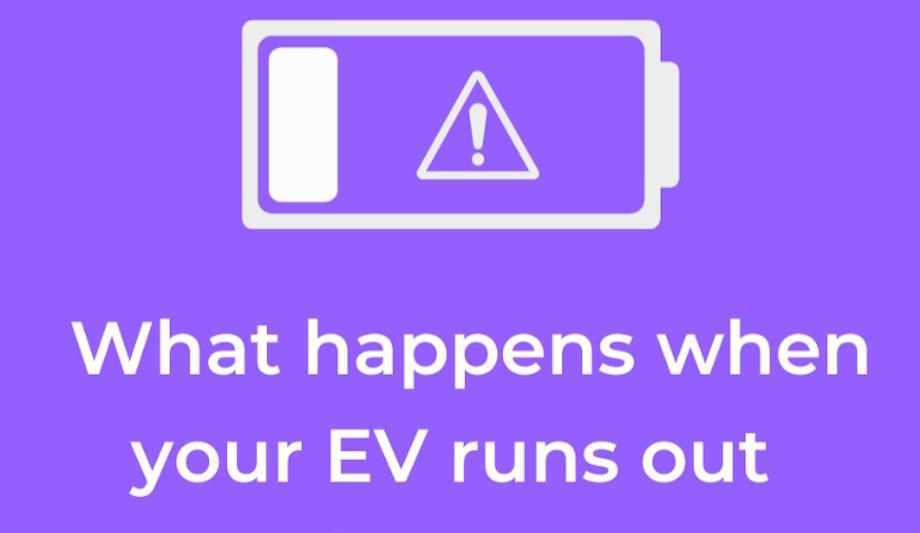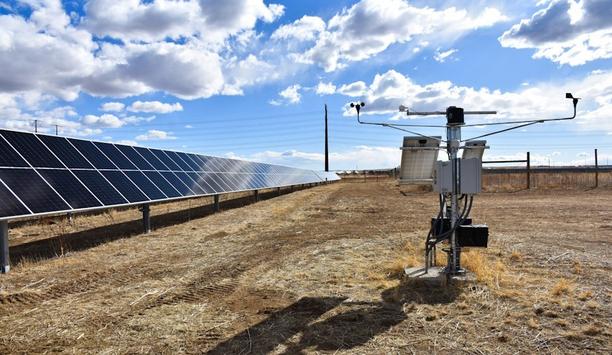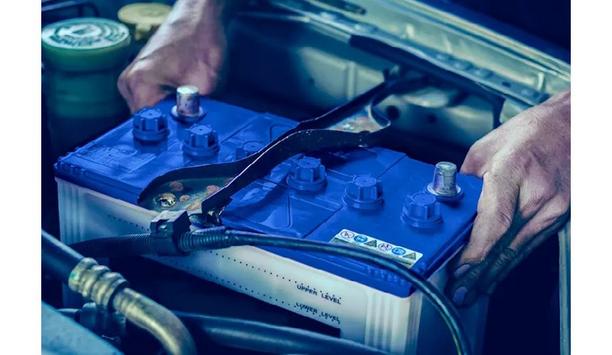Electric vehicles (EVs) are becoming increasingly popular as more people embrace the idea of sustainable and environmentally friendly transportation. One of the biggest concerns for EV owners, however, is what happens when their vehicle runs out of power. In this blog, Electric Miles will explore what happens when an EV runs out of power and what can be done to prevent it from happening.
First and foremost, it’s important to understand that EVs operate differently from traditional gas-powered cars. EVs rely on a battery to power the vehicle, which means that they need to be charged regularly in order to function. The range of an EV depends on the size of its battery and other factors such as driving habits, weather conditions, and terrain.
When an Electric Vehicle (EV) runs out of power
When driving an EV and it runs out of power, the first thing that the driver will notice is a loss of power
When driving an EV and it runs out of power, the first thing that the driver will notice is a loss of power and a warning message on the dashboard. This is usually accompanied by an audible alarm or warning sound to alert drivers that the battery is running low.
At this point, drivers should start looking for a charging station or a safe place to pull over and recharge the battery. If lucky enough to be near a charging station, drivers can simply plug in their EV and wait for it to charge. Depending on the type of charger and the size of the battery, this can take anywhere from 30 minutes to several hours.
However, if not near a charging station or don’t have a charging cable, things can become a bit more complicated. In this case, drivers may need to call a tow truck to take the EV to a charging station or a nearby location where they can recharge the EV’s battery.
Running out of power in an EV is not very dangerous
It’s worth noting that running out of power in an EV is not as dangerous as running out of gas in a traditional car. In a gas-powered car, running out of fuel can cause damage to the engine and other components, which can be expensive to repair. With an EV, however, running out of power is unlikely to cause any damage to the vehicle itself.
Preventing the EV from running out of power is essential if drivers want to avoid the inconvenience and potential expense of being stranded.
Few tips to help avoid running out of power in an Electric Vehicle (EV):
- Plan the route: Before setting off on a journey, make sure to plan the route carefully and identify any charging stations that are en route. This will help to plan the stops and ensure that there is enough power to complete the journey.
- Monitor the battery level: Most EVs have a dashboard display that shows the battery level and estimated range. Make sure to keep an eye on this display and recharge the battery before it gets too low.
- Charge regularly: It’s important to charge the EV regularly, even if there are no long journeys planned in the near future. This will ensure that the battery is always topped up and ready to go.
- Invest in a portable charger: Investing in a portable charger can be a lifesaver if ever caught out without a charging cable. These chargers are small enough to keep in the trunk and can be used to charge the EV from a regular power outlet.
Find a charging station or safe place to recharge the battery
In conclusion, running out of power in an EV is a concern for many EV owners, but it’s not as dangerous as running out of gas in a traditional car. So, for those who find themselves in this situation, the best thing to do is find a charging station or a safe place to recharge the battery.
To avoid running out of power in the first place, make sure to plan the route, monitor the battery level, charge regularly, and invest in a portable charger. With these tips in mind, drivers can enjoy the many benefits of driving an EV without worrying about running out of power.






